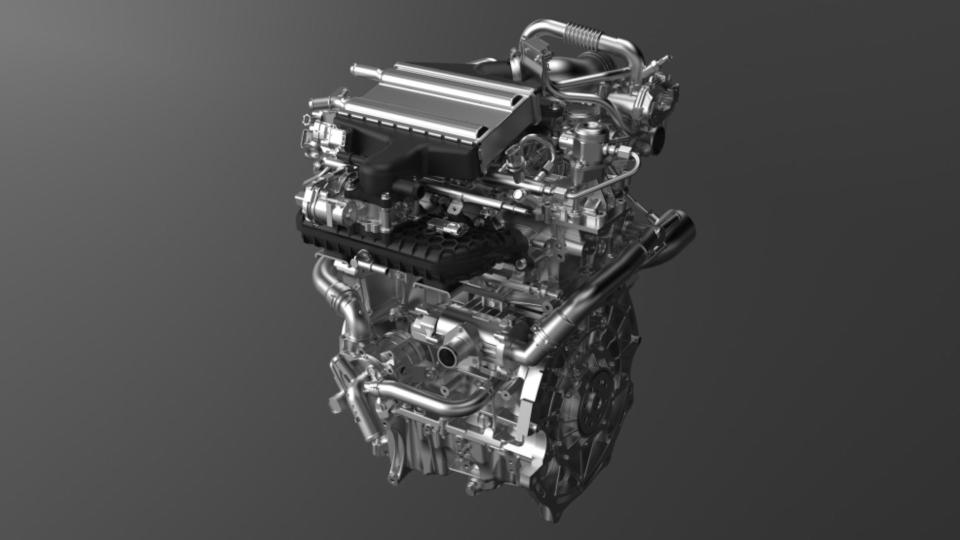Chinese Automaker GAC Is Working on an Engine That Runs on Ammonia

Hydrogen has long been touted as a fuel of the future, but as an ultralight gas that ruins steel, it still poses some practicality issues. One Chinese automaker is looking to use hydrogen in an altogether different way, by using ammonia as a liquid fuel.
As covered by Bloomberg, China's GAC has been developing a combustion engine capable of running on ammonia. The foul-smelling liquid found in urine is seen as an attractive fuel by the company for both environmental and practical reasons. Containing hydrogen but no carbon, it offers tantalizing benefits for combustion with less greenhouse gas emissions.
Ammonia is readily transportable in liquid form at ambient temperatures under mild pressure, unlike hydrogen, and is far less flammable than existing fuels, making it easier to store. And, by virtue of its chemical composition, burning it produces fewer emissions than conventional fossil fuels like gasoline or diesel. It also bears noting that pure ammonia is unlike the ammonia used as a cleaning fluid in the home, which is in solution with water.
At a recent presentation, GAC revealed a 2.0-liter engine that burns liquid ammonia, with a peak power output of 161 horsepower. It claims the engine cuts carbon emissions by 90% compared to conventional engines. That's a curious number, as ammonia itself is made up solely of hydrogen and nitrogen atoms. It suggests that GAC may be running the engine on a mixture of ammonia with some level of hydrocarbon content.

GAC isn't the first to strike out in this area, despite talk of it being a "world first." South Korean researchers experimented with engines running 70:30 ammonia-gasoline blend in the early 2010s, with a goal to eventually convert conventional cars to run on pure ammonia. Including some gasoline makes sense, as it aids combustion under conditions where the low flame propagation speed in ammonia causes problems. This is particularly an issue at high rpm, where there is less time available for combustion to take place.
Ammonia comes with a bunch of drawbacks that may prevent it from catching on. It has the same infrastructure problems as most other unconventional fuels. Companies are always reluctant to build out fuel stations until there's a mass fleet, but customers are reluctant to buy cars without stations in place. It also boils at -28 degrees Fahrenheit. That makes it impractical to feed through conventional gas station pumps, as the forecourts would forever stink due to trace dribbles boiling off after filling. It also poses an inhalation hazard, meaning the whole thing is a non-starter. Instead, a sealed refueling system would be required.

Burning pure ammonia isn't completely clean, either. As with hydrogen combustion engines, even if you eliminate the carbon dioxide output, you still get emissions of nitrogen oxides produced via the heat of combustion in the engine. And, while there are ways to produce ammonia in a relatively clean fashion, most industrial production relies on the heavily-polluting Haber-Bosch process. Ammonia has also been touted as a way to store and transport hydrogen for fuel cell use, but those plans are yet to scale in any meaningful way.
Hydrogen combustion or fuel-cell vehicles seem far more likely to catch on than ammonia cars, and even they're an outside chance if we're honest. Still, GAC's engineers are getting paid and staying busy, and we're sure they're glad to be putting food on the table and beer in the fridge. That's something, at least.
Got a tip? Let the author know: lewin@thedrive.com

 Yahoo Autos
Yahoo Autos 